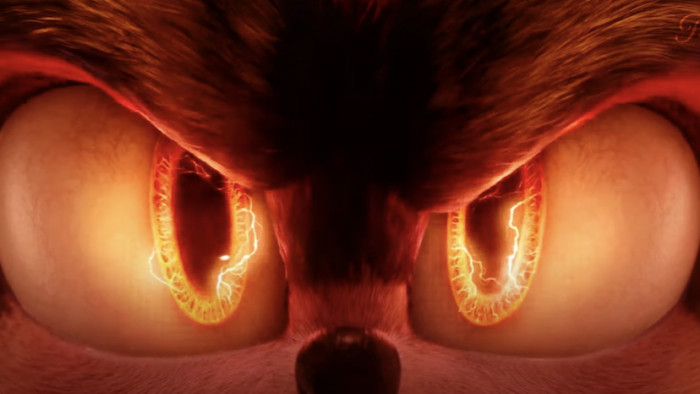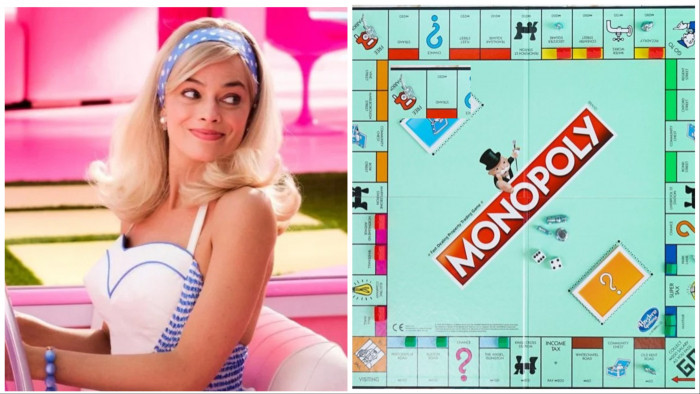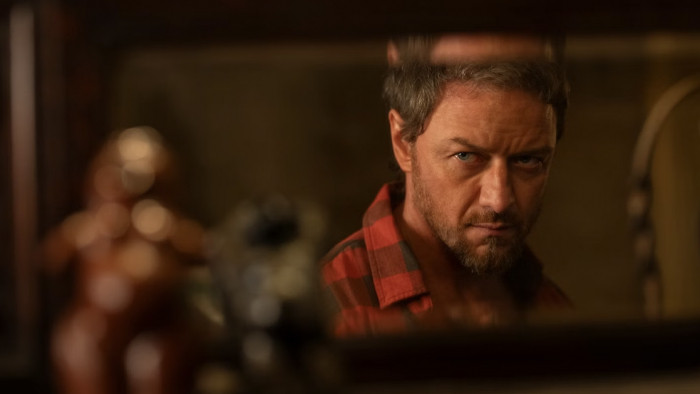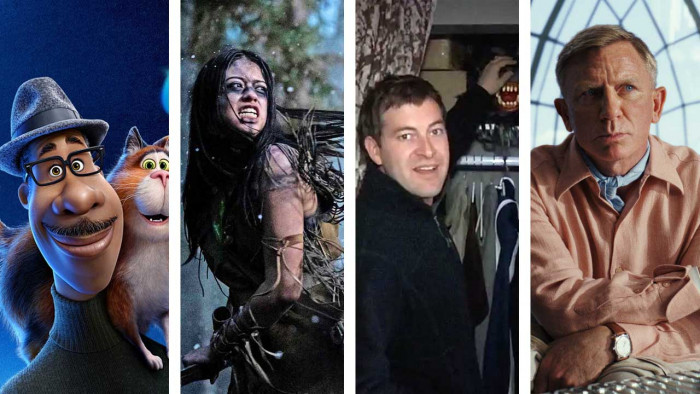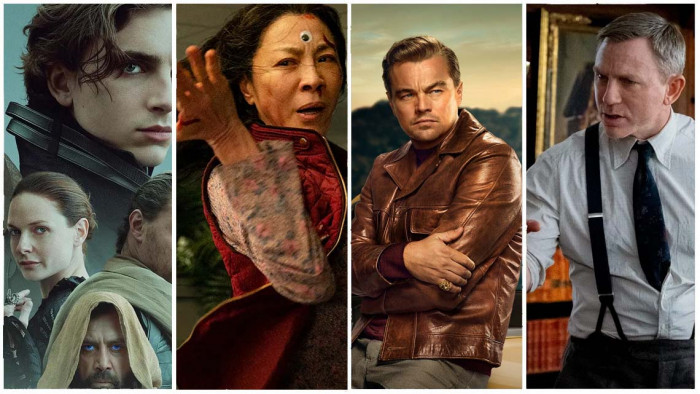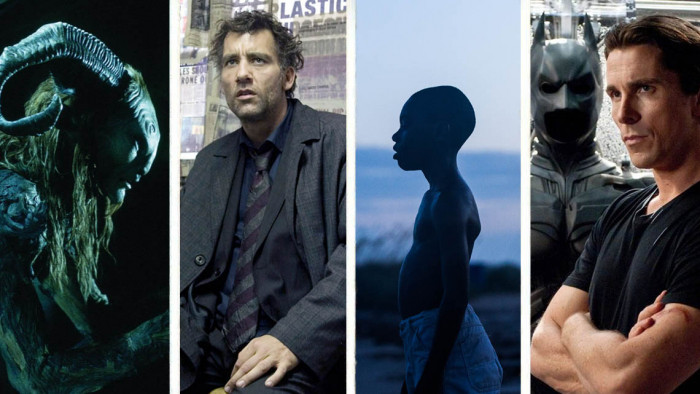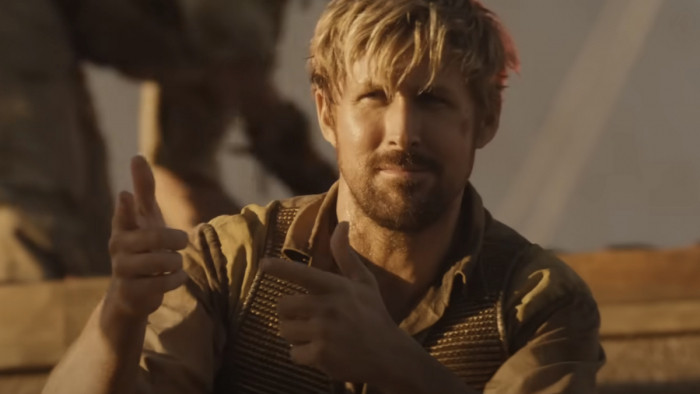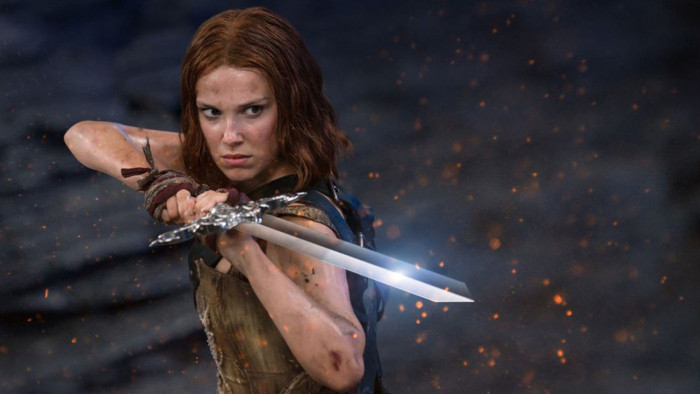From Seven to Zodiac, director David Fincher has never been afraid of the black stuff, but Dragon Tattoo may be his darkest yet, finds Andrew Dickens
If the Devil makes work for idle hands, you won’t find any satanic recruitment drives near a David Fincher film-set. Fincher, you see, is a director with a reputation for putting himself, his actors and his crew through the movie mill; favouring long, intensive shoots that involve take after take.
But then final products such as Fight Club, Seven, Zodiac, The Curious Case Of Benjamin Button and The Social Network suggest he reaps what he sows.
“I can’t control my reputation, because it’s a by-product of people interpreting me,” he says, without a hint of defensiveness. “I’d like to say I worry that people misconstrue what I mean or how I go about extracting what I need, but I don’t have time. I know there are people whose feelings get hurt, but I’m here to make a movie, not friends.”
Fincher, 49, oozes calm authority as he talks. He also oozes confidence and charm, all of which — poured into his tall, broad Coloradan frame — make for a formidable presence, undiminished even by the cavernous Stockholm brewery surrounding him. Sat in a leather chair, he’s fingering a blue-and-white knitted scarf bearing the word ‘Suomi’ (Finnish for ‘Finland’, in case you don’t watch the Winter Olympics). It’s a gift, he says, rather than a nod to any ancestry, though you wouldn’t discount the strands of his grey beard from containing a dash of Viking DNA.
This Nordic setting is to promote his latest, most-anticipated film, The Girl With The Dragon Tattoo. But if dealing with Scandinavia’s biggest literary export, or the reported £64.5m budget, brings Fincher added pressure, it’s not showing.“There’s always pressure,” he says. “With Fight Club, I was under pressure from Rupert Murdoch, from Brad Pitt and Edward Norton, from Chuck Palahniuk. When you’re talking about some black-lipstick-wearing hot-topic goth-chick blogger who’s going, ‘You didn’t cast the right person to play Lisbeth,’ it’s like ‘OK, back of the line!’ I’m more worried about Stieg’s widow.”
Some pressure was removed by the recent, successful Swedish adaptation of the trilogy. Fincher claims this risk-free piece of indie toe-dipping emboldened Sony to go ahead, but he denies that he’s remaking anyone else’s film. The book, he says, is his only influence.
The thing with trilogies, of course, is that they come in three parts. And, assuming Fincher gets the first part right, parts two and three — The Girl Who Played With Fire and The Girl Who Kicked The Hornets’ Nest — will surely follow. For the actors, who, in the interests of continuity, signed up for the lot, it’s quite the commitment.
“Daniel and I discussed that,” says Fincher. “People already refer to him as ‘James Bond’ and that’s a long shadow. I talked to Rooney, too. What if it’s the best role she ever gets? Vivien Leigh couldn’t be better in A Streetcar Named Desire, but she’ll always be [Gone With The Wind’s] Scarlett O’Hara. In the end, I hope this movie is a shadow for them, because then I’ve done my job. But they don’t make deals with directors for three films. There’s an unwritten rule that you have to behave yourself, and I’m not about to sign a piece of paper that tells me how to behave.”
ONE SINGLE VISION
Nobody has ever told Fincher how to do anything, at least not professionally. He’s renowned for being his own man, letting his employers know precisely what he wants and thinks. In the director’s cut of Alien 3, his first feature film, he accuses 20th Century Fox of not trusting him enough during filming. With Seven, when the studio insisted that Morgan Freeman quote Ernest Hemingway’s line “The world is a fine place and worth the fighting for”, Fincher rewrote it to say, “The world is a fine place and worth fighting for. I agree with the second part.”
“People always ask why I don’t make independent movies,” he says. “I do make independent movies — I just make them at Sony and Paramount.”
Probably the last people to tell Fincher what to do were his parents, but even they humoured his obsession with filmmaking (“I’m sure they thought it was a dream rather than a goal”). It began, he says, aged eight in 1970 with Butch Cassidy And The Sundance Kid, but blossomed when, like a magician revealing his
tricks, he came across the film’s ‘making of’ documentary.
“It never occurred to me that films don’t take place in real time,” he explains. “I thought it was like a play. I had no idea that you shot it piece by piece, and that you could change it. Then I saw this documentary and thought, ‘Oh my God, that’s the most exciting thing you can do with your life. They’re blowing up balsa-wood boxcars and shooting on top of trains.’”
What followed was the kind of career that earns you the right to change Hemingway quotes and blow up anything you like. Forgoing film school, he learned on the job at a production company before moving to visual effects specialist Industrial Light & Magic, where he worked on films such as Return Of The Jedi and Indiana Jones And The Temple Of Doom.
Next came directing television adverts for the likes of Nike, Pepsi and Revlon, and music videos for, among others, The Rolling Stones, Michael Jackson and Madonna, notably inspiring countless dancefloor debacles with Vogue. It was only a matter of time before Hollywood came knocking, albeit with the ill-fated flop Alien 3, but that was merely a stone in his shoe on the path to that sparkling CV.
The Girl With The Dragon Tattoo is very much Fincher’s ‘bag’. Like Fight Club and Seven (though less like Benjamin Button), it’s dark, violent, emotional, meaningful and, in places, funny. According to Fincher, it’s essentially him.
“If you’re the ultimate arbiter of what the room looks like, what the light looks like, what clothes people are wearing, plus the stringing together of chronological behaviour, you can’t help but leave your stink all over it,” he says with a wry smile. “It’s a curse, not a privilege.
“I’m sure my cynicism shows in some way, certainly elements of humour. And an aesthetic. I look at what I photograph as being very natural. To me that’s what the world looks like.”
It’ll be a miracle if Fincher finds time to look at the world in any way other than through a camera lens. If reports are to believed, he’s currently attached to no fewer than six feature films, including a new adaptation of 20,000 Leagues Under The Sea, and a remake of BBC series House Of Cards.
In fact, if the whole world was like Fincher, the only idle hands would be the Devil’s own. But then Fincher would probably find him plenty to do.
The Girl With The Dragon Tattoo is at cinemas nationwide from 26 December
Latest
Related Reviews and Shortlists



